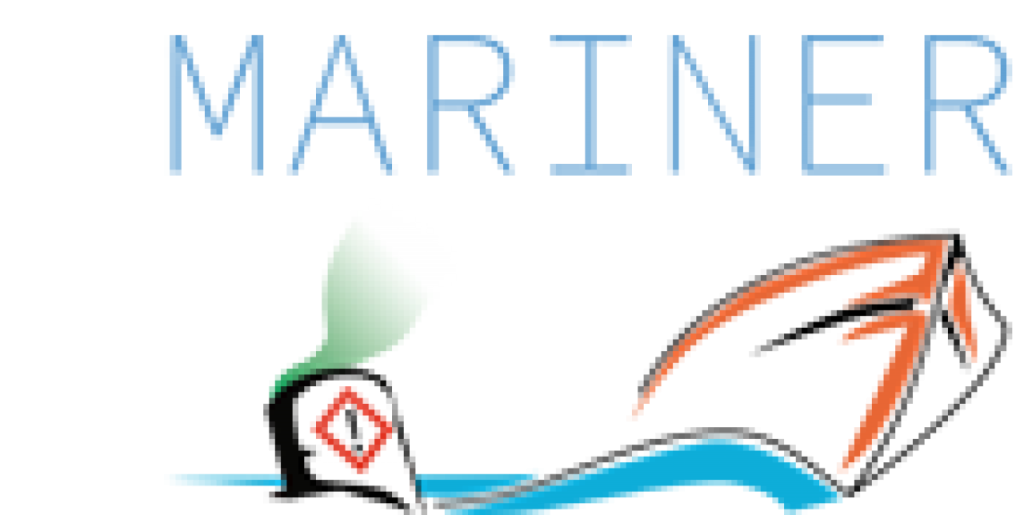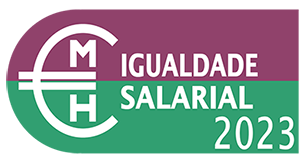
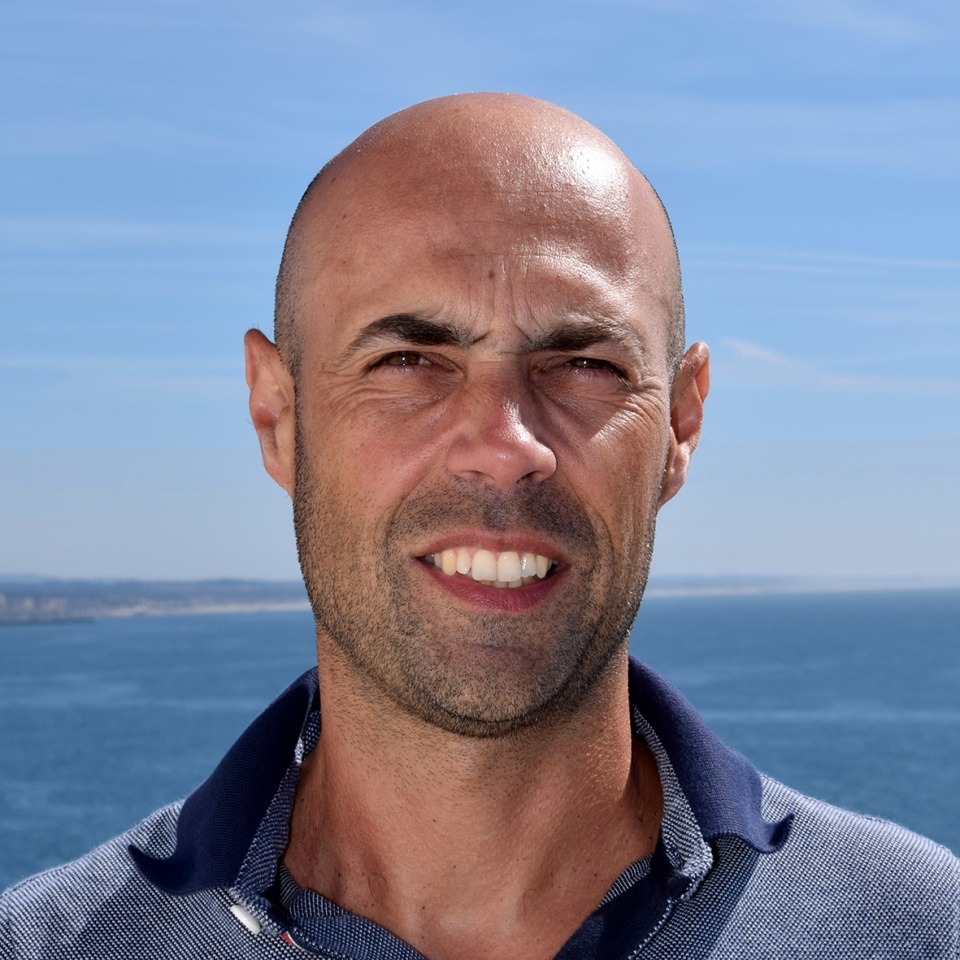
Group Leader
Miguel Santos is a professor at the Department of Biology of the Faculty of Sciences of the University of Porto and the head of the Endocrine Disruptors and Emerging Contaminants Team at CIIMAR. He received his PhD in 2002 in Biology from FCUP-University of Porto with a joint supervison at the Netherlands Institute for Sea Research (NIOZ). His research interests focus on the hazard assessment of endocrine disrupting chemicals and other priority and emerging contaminants.

